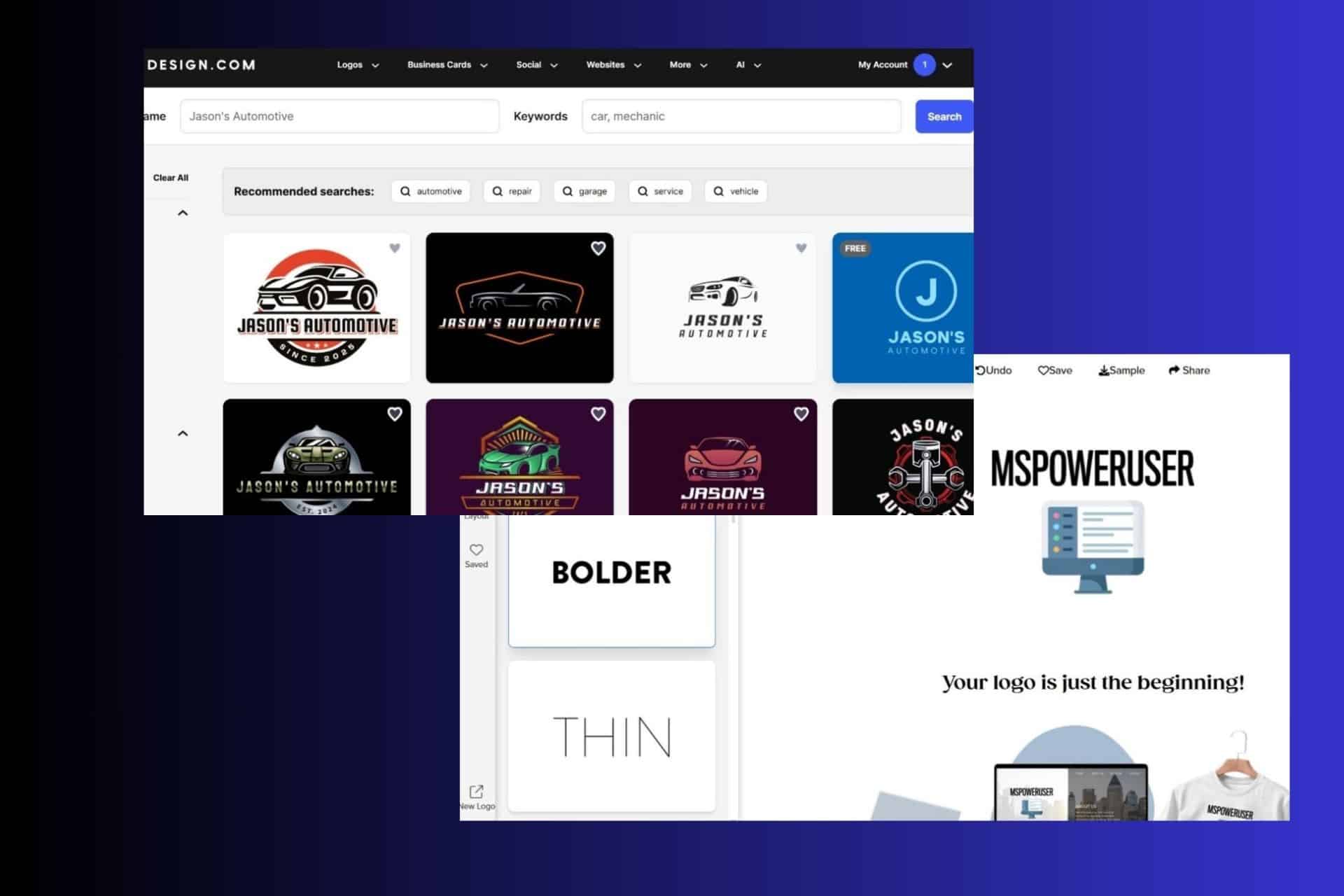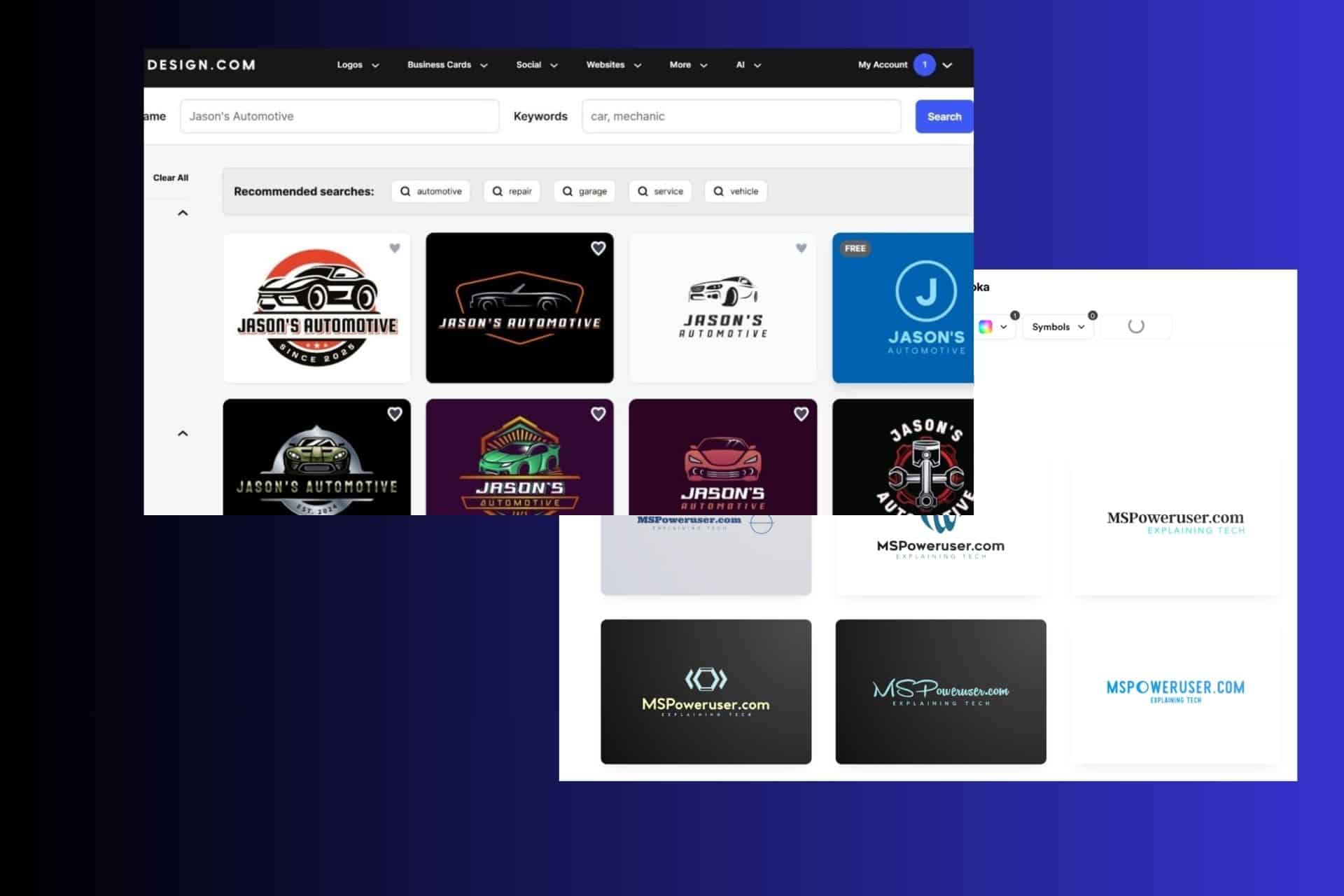Microsoft becomes the first large-scale cloud provider to keep all personal data within European Data Boundary

Microsoft announced today that it has enhanced its EU Data Boundary for the Microsoft Cloud, a solution that allows customers to store and process all their data within the European Union.
The company said it has added new features and capabilities to its core cloud services – Azure, Microsoft 365, Power Platform, and Dynamics 365 – to include all personal data, such as system-generated logs, within the EU Data Boundary. This makes Microsoft the first large-scale cloud provider to offer this level of data residency to European customers, according to the company.
The announcement is part of Microsoft’s broader initiative to enable its European customers to succeed in every sector and country in the region, by providing them with a range of cloud solutions that respect European values and meet their specific needs. The initiative includes implementing the European Cloud Principles, expanding the Microsoft Cloud for Sovereignty, delivering sovereign solutions in partnership with leading European technology companies, and investing in global infrastructure with over 60 cloud regions, including 11 in Europe.
The EU Data Boundary for the Microsoft Cloud aims to address the concerns of customers who want to keep their data within the EU, especially in light of the recent invalidation of the EU-US Privacy Shield framework by the European Court of Justice. Microsoft said it has made significant investments and dedicated efforts by thousands of engineers to enable the processing and storage of all data in the EU across its cloud services.
The company also said it has provided new transparency resources, such as documentation and information, that customers can access on the EU Data Boundary Trust Center webpage, to give them a clear and comprehensive view of the data handling, limited transfers, and data protection processes it is deploying in the EU Data Boundary.
In addition, Microsoft said it has deployed EU-based technology to further protect pseudonymized personal data in the boundary when it is accessed remotely for monitoring system health. For example, the company said it avoids the need for physical data transfers or storage outside the EU by using virtual desktop infrastructure in the EU Data Boundary for monitoring its systems.
The company said it plans to launch the next phase of its EU Data Boundary for the Microsoft Cloud later this year, by transforming the processing and storage capabilities for data required during technical support interactions. The company said it will ensure that support data is stored within the boundary, and when access from outside the EU is required to enable world-class support, it will limit and secure any temporary data transfer required through technical approaches such as Virtual Desktop Infrastructure. Microsoft also said it is developing a future paid support option that will provide initial technical response from within the EU.
The company said it will continue to work with its customers, partners, regulators, and policymakers to deliver innovative and responsible cloud solutions that empower European customers to achieve more.
Read our disclosure page to find out how can you help MSPoweruser sustain the editorial team Read more




User forum
0 messages